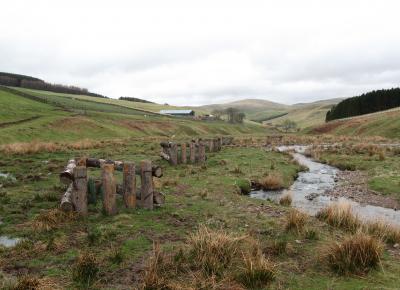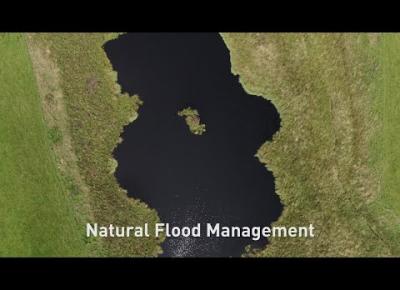The way that rural land is managed, both in terms of the vegetative cover and the underlying soil, can greatly influence the pathways and speed by which incident rainfall reaches watercourses. Good land and soil management practices can help to minimise the generation of surface runoff and reduce downstream flood risk. Land and soil management for NFM involves cultivating soils to promote a good macro-structure and good organic matter content, thereby increasing soil infiltration and reducing surface flow generation and associated sediment transport. Surface water flooding is usually associated with heavy rainfall falling on impermeable surfaces, dry (capped) soils, frozen soils, or on a saturated catchment, causing overland flow to occur. This rainfall induced overland flow is quickly transferred to channels across the surface of the landscape due to the limited potential for soil infiltration. There is a consequent rapid rise in channel levels and a flashy catchment response to the rainfall. This high energetic flow of water across the landscape can result in erosion to soil and the transport of sediments (and sediment associated pollutants). Runoff management measures target these flow pathways, disconnecting them thereby attenuating the flow.





